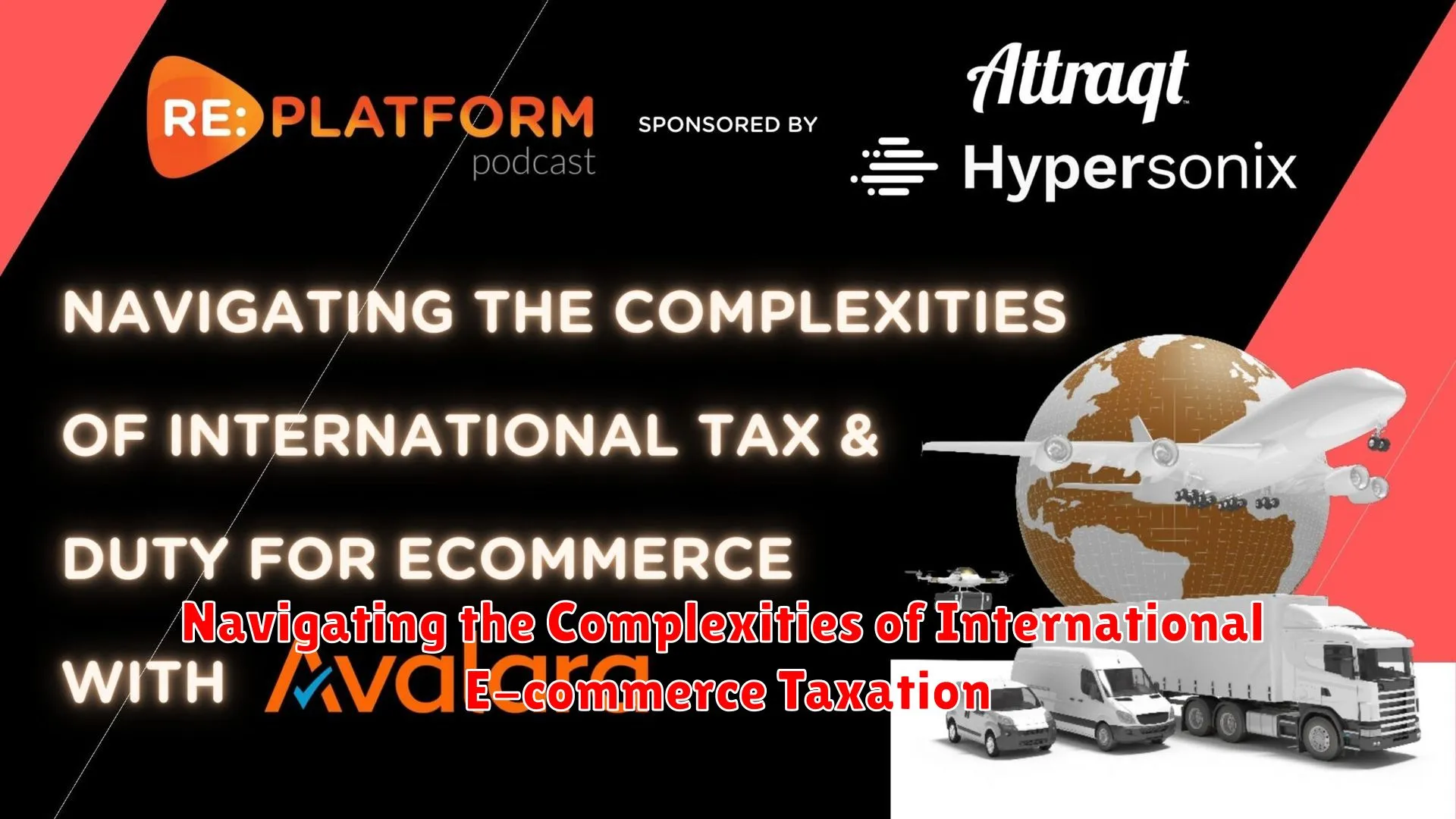Explore the intricate world of international e-commerce taxation as we delve into the complexities businesses face across borders.
Understanding E-commerce Tax Obligations
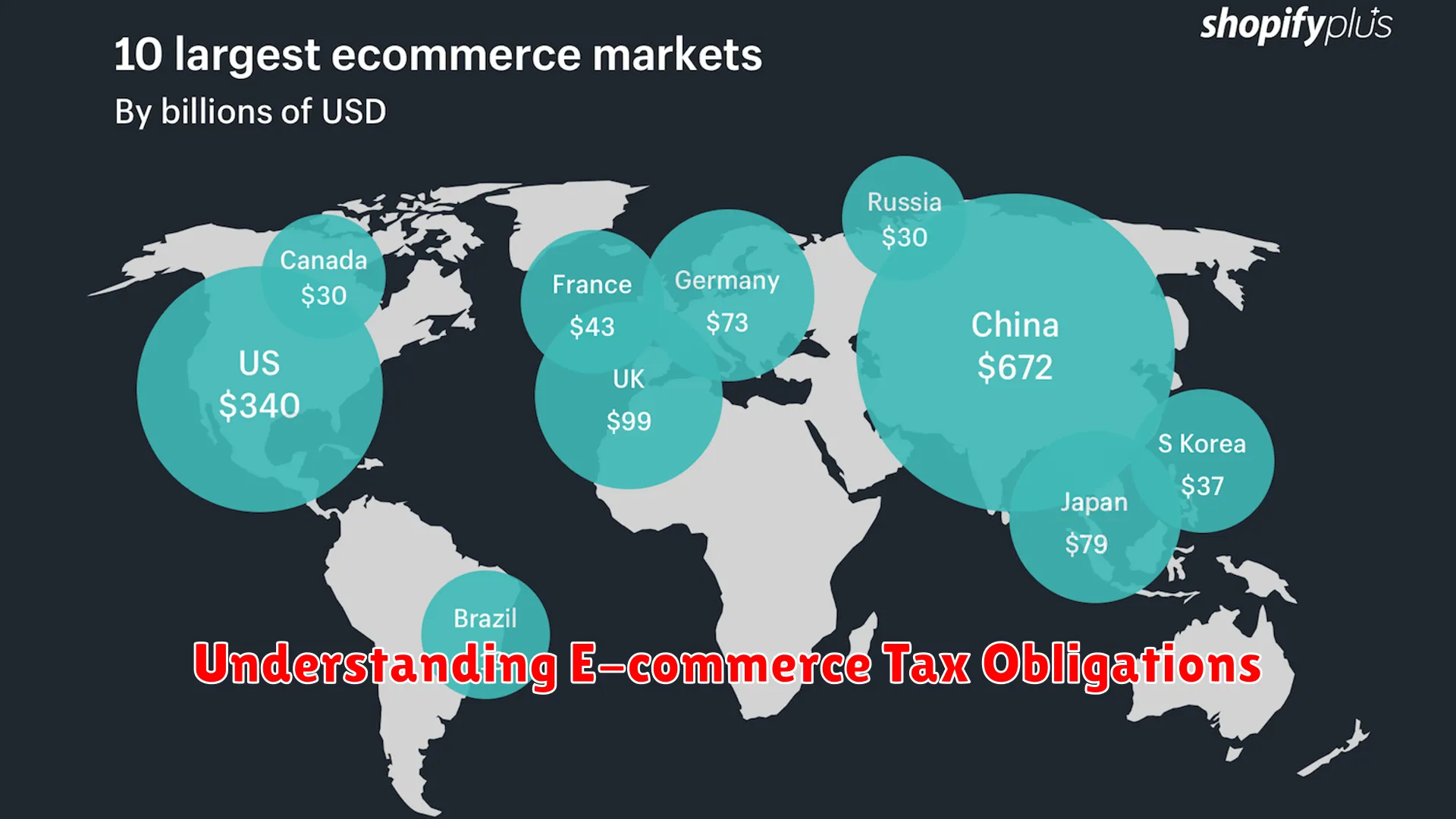
As businesses venture into the world of international e-commerce, it is crucial to comprehend the tax obligations that come with conducting transactions across borders. Navigating the complexities of international e-commerce taxation requires a solid understanding of various tax regulations and compliance requirements.
One of the key considerations in international e-commerce taxation is the Value Added Tax (VAT) or Goods and Services Tax (GST) that may apply to online sales. Different countries have different thresholds for when VAT or GST applies, and it’s essential for e-commerce businesses to be aware of these thresholds to ensure compliance.
Customs duties are another important aspect to consider in international e-commerce. When goods are shipped across borders, customs duties may be imposed, impacting the overall cost of the transaction. Understanding how customs duties are calculated and ensuring proper documentation is vital to avoid any delays or additional costs.
Moreover, the permanent establishment concept is essential when determining tax obligations in international e-commerce. Businesses need to understand the criteria that define a permanent establishment in a foreign country, as it may trigger tax liabilities in that jurisdiction.
Compliance with tax obligations in international e-commerce is not only a legal requirement but also plays a significant role in maintaining a good reputation and building trust with customers. By understanding the intricacies of e-commerce taxation, businesses can operate smoothly across borders while staying compliant with tax laws.
VAT and GST in Cross-border Sales
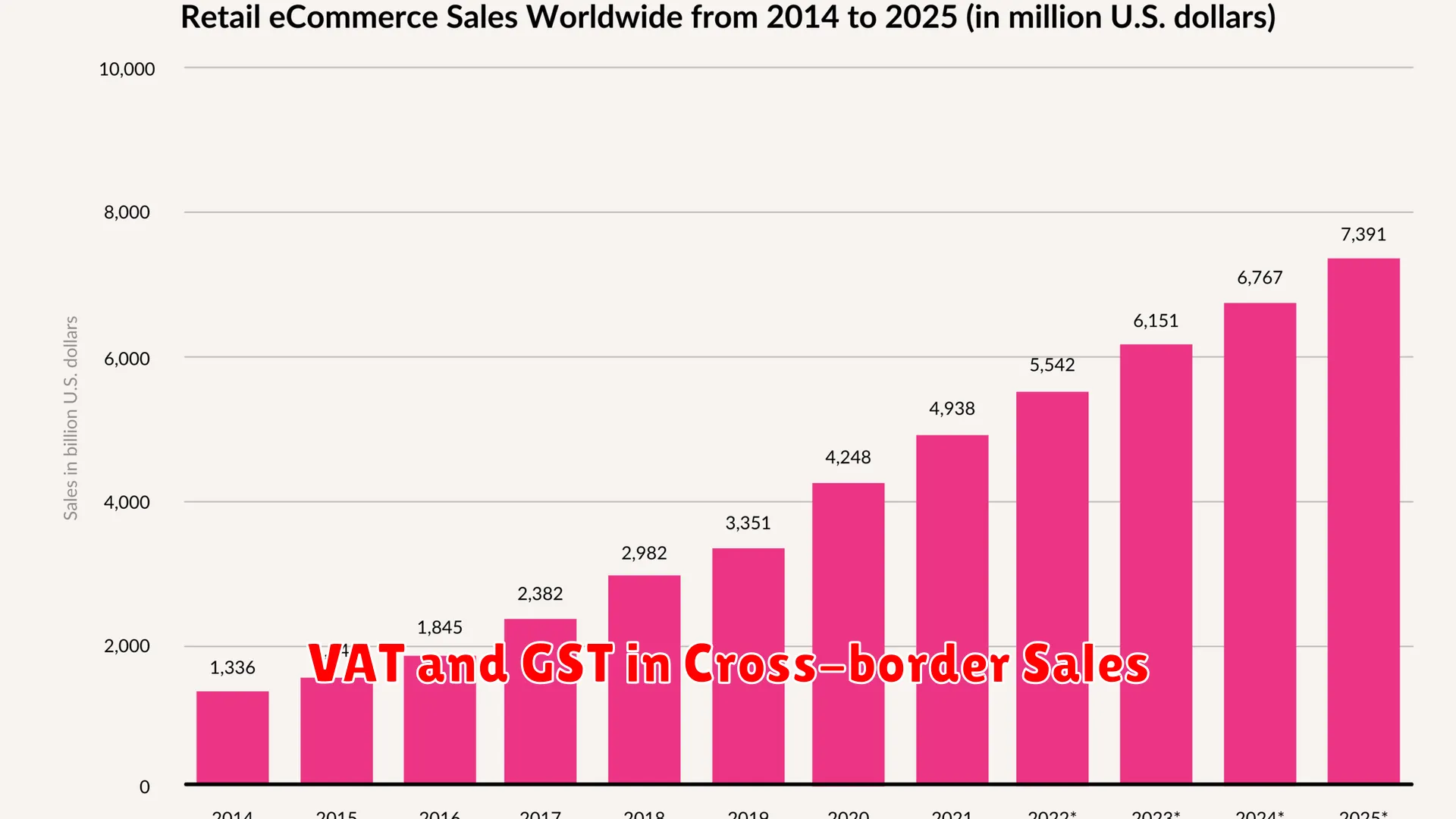
When it comes to international e-commerce taxation, understanding the differences between Value Added Tax (VAT) and Goods and Services Tax (GST) is crucial for businesses navigating cross-border sales. VAT and GST are consumption taxes levied on the value added to goods and services at different stages of production and distribution.
VAT is commonly used in the European Union and many other countries around the world. It is usually included in the price of goods or services and is collected by businesses on behalf of the government. In cross-border transactions within the EU, the VAT regulations can be complex due to the various rates and exemptions in different member states.
GST, on the other hand, is prevalent in countries like Australia, Canada, and Singapore. Unlike VAT, GST is typically added at the point of sale. When selling goods or services internationally, businesses need to be aware of the GST thresholds and registration requirements in each country to ensure compliance.
For businesses engaged in cross-border sales, determining the correct tax treatment, understanding thresholds, and complying with reporting requirements for both VAT and GST are essential to avoid penalties and ensure a smooth international e-commerce operation.
Tax Compliance for E-commerce Businesses
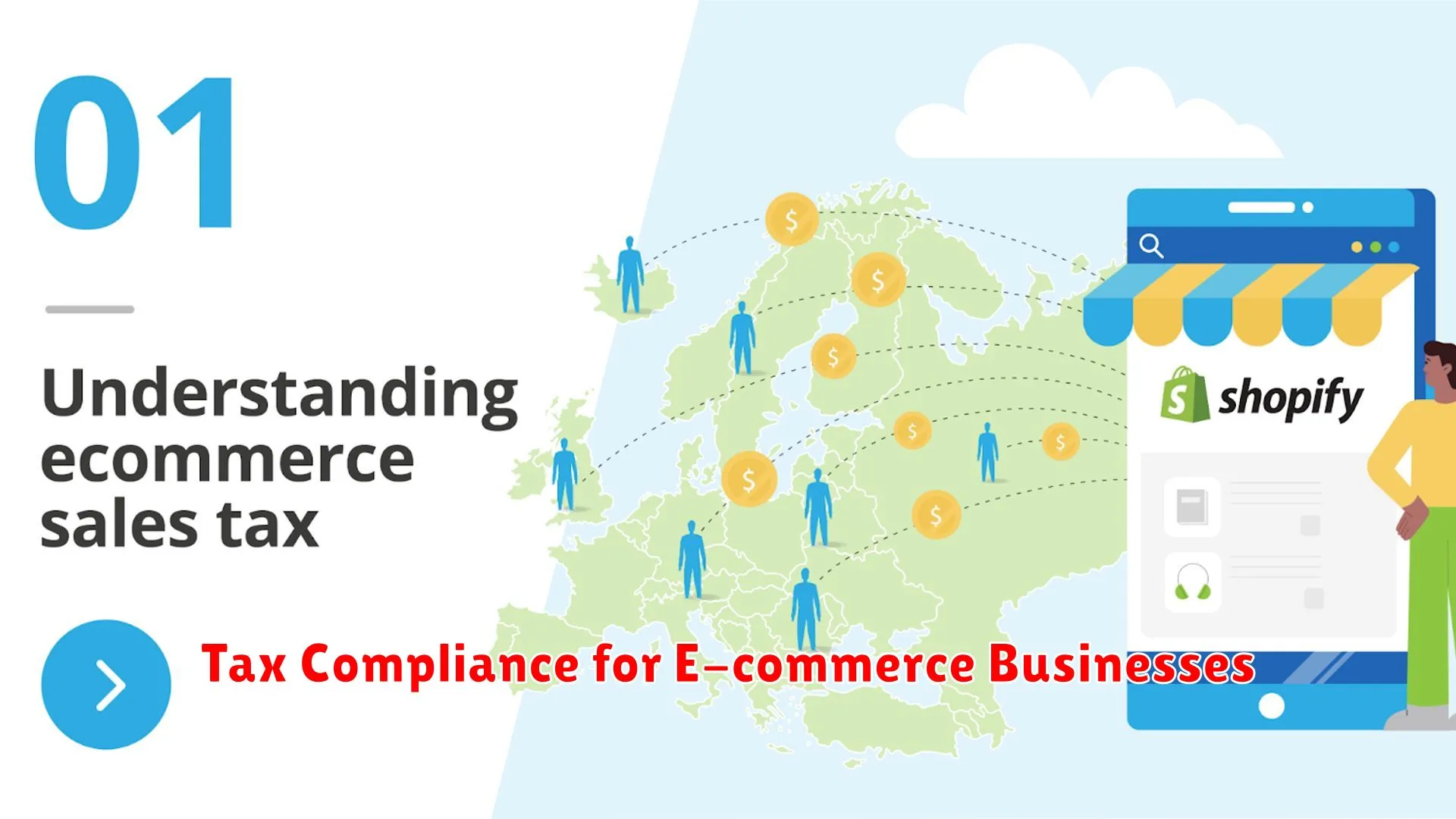
When it comes to e-commerce businesses operating internationally, navigating the complexities of taxation is a crucial aspect to consider for long-term sustainability. Tax compliance is a key component that requires thorough attention to ensure legality and avoid penalties.
Understanding VAT and Tax Obligations: International e-commerce businesses must be aware of value-added tax (VAT) regulations in different countries where they operate. It is essential to understand the thresholds for VAT registration in each jurisdiction and comply with the requirements to avoid any legal issues.
Permanent Establishment (PE) Risk: E-commerce businesses need to be cautious of triggering a PE in a foreign country through activities like maintaining a warehouse or having a local sales team. This can lead to additional tax obligations in that jurisdiction.
Transfer Pricing: For e-commerce businesses with related entities in different countries, transfer pricing rules must be followed to ensure that transactions between entities are conducted at arm’s length. This helps in avoiding transfer pricing adjustments and penalties.
Compliance Automation: Utilizing tax compliance technology can streamline the process of managing tax obligations for international e-commerce operations. Automated solutions can help in calculating taxes, generating reports, and ensuring timely compliance.
Consulting Tax Professionals: Engaging with tax experts or consultants specializing in international e-commerce taxation can provide valuable insights and guidance on navigating the complexities of tax compliance, reducing risks, and optimizing tax strategies.
Utilizing Tax Automation Tools

When navigating the complexities of international e-commerce taxation, one effective strategy is to utilize tax automation tools. These tools are designed to streamline the tax compliance process and help businesses stay on top of their tax obligations in various jurisdictions.
By leveraging tax automation tools, e-commerce businesses can automate the calculation, collection, and remittance of taxes across different countries. This not only saves time and reduces the risk of errors but also ensures compliance with the ever-changing tax regulations.
Moreover, these tools often come equipped with features such as real-time tax rate updates, automatic tax determination, and reporting capabilities that provide valuable insights into the company’s tax status and liabilities.
Ultimately, integrating tax automation tools into your international e-commerce operations can help streamline processes, minimize risks of non-compliance, and enable businesses to focus on growth and expansion in global markets.
Staying Updated on Global Tax Regulations
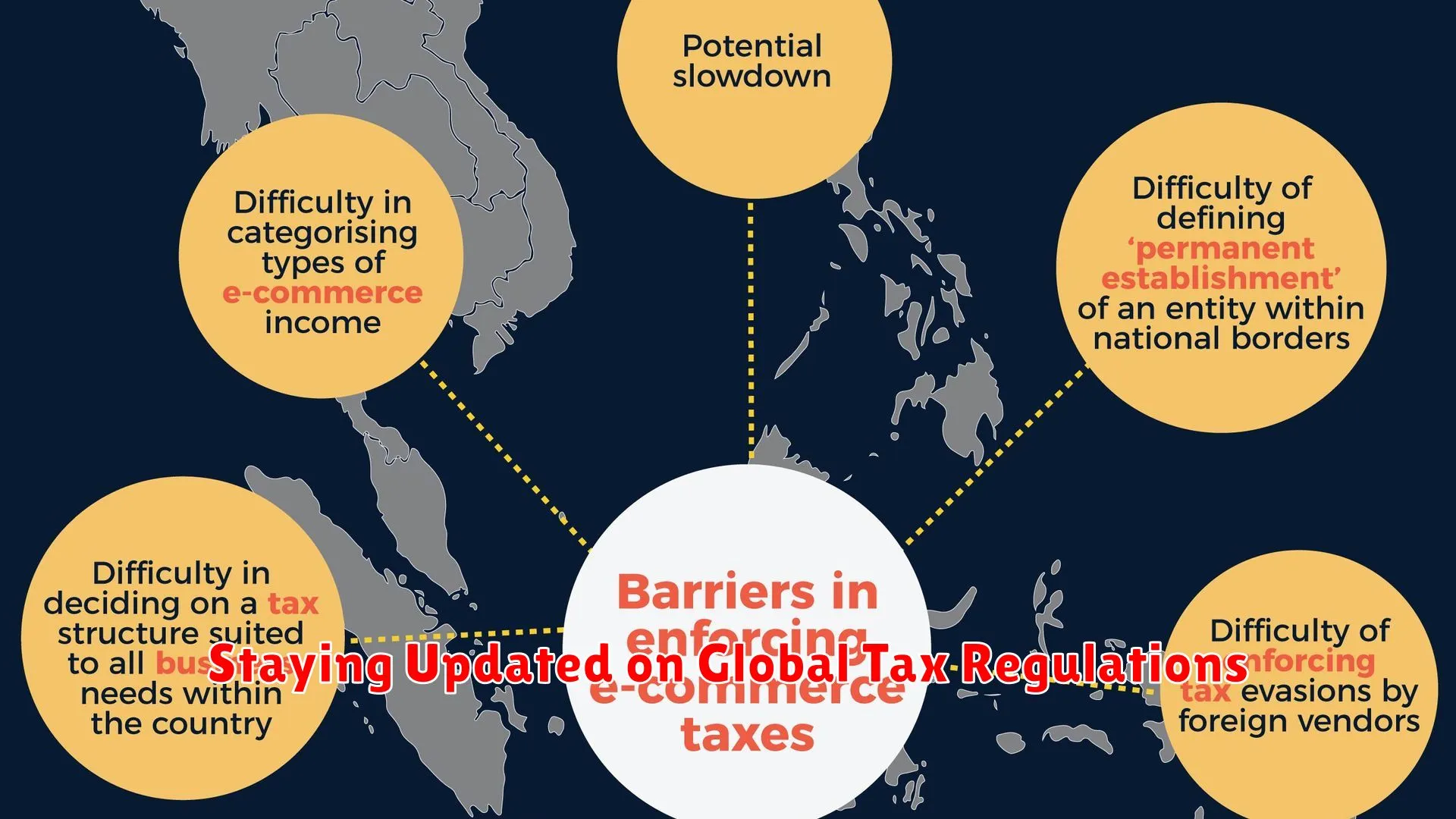
Keeping abreast of the constantly evolving global tax regulations is crucial for businesses engaged in international e-commerce. Compliance with tax laws and regulations in various countries is essential to avoid potential penalties and ensure smooth operations.
One key aspect of staying updated on global tax regulations is to regularly monitor changes in tax laws across different jurisdictions. This includes keeping an eye on updates from tax authorities and seeking expert advice to understand the implications for your e-commerce business.
Utilizing technology and automation tools can also aid in staying compliant with global tax regulations. Implementing tax compliance software can help streamline processes, track changes in tax laws, and generate accurate reports to ensure adherence to tax requirements.
Furthermore, staying connected with industry associations, attending tax seminars, and participating in forums can provide valuable insights into upcoming regulatory changes and best practices in international e-commerce taxation. Networking with other e-commerce businesses facing similar challenges can also offer practical solutions.
Ultimately, by staying proactive and informed about global tax regulations, businesses can effectively navigate the complexities of international e-commerce taxation, mitigate risks, and maintain a competitive advantage in the global market.
Conclusion
In conclusion, understanding and complying with international e-commerce taxation laws is crucial for business success in a global market.

